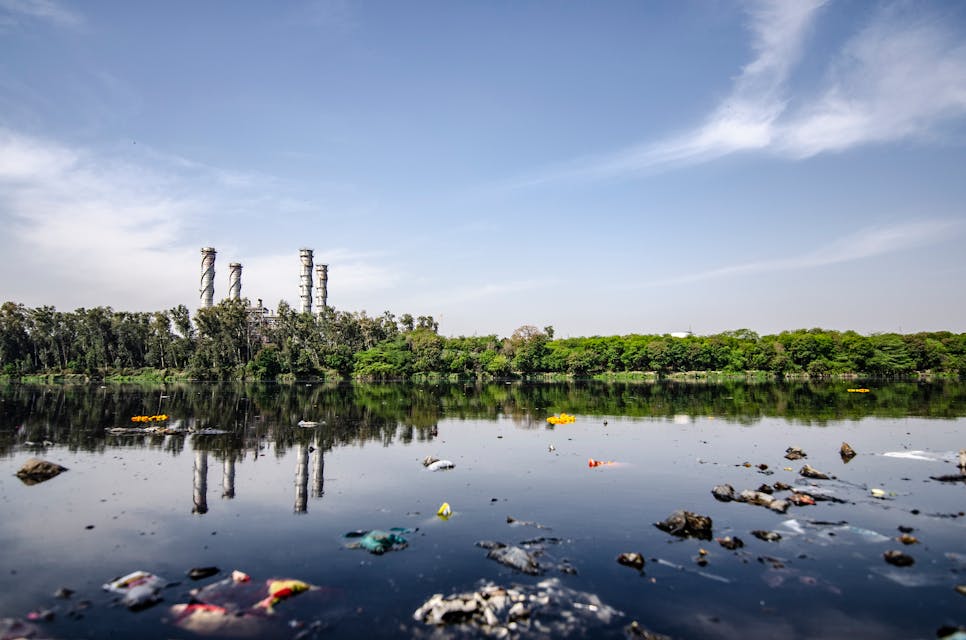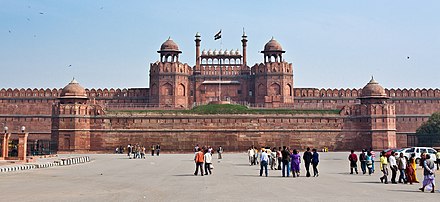The Role of Delhi in India’s Independence Movement

Delhi, the capital city of India, holds a significant place in the country’s struggle for independence. It served as the epicenter of political activities and witnessed numerous historic events that shaped the course of India’s freedom movement. Let’s explore the role of Delhi in India’s independence movement and discover the monuments that bear testimony to this remarkable journey.
1. The Red Fort
The Red Fort, also known as Lal Qila, played a pivotal role in India’s independence movement. It served as the residence of Mughal emperors and later became a symbol of resistance against British rule. On August 15, 1947, India’s first Prime Minister, Jawaharlal Nehru, hoisted the national flag at the Red Fort, marking the country’s independence. Today, the Red Fort stands as a reminder of India’s struggle for freedom.

2. India Gate
India Gate, a war memorial located in the heart of Delhi, commemorates the sacrifice of Indian soldiers who lost their lives during World War I and the Afghan Wars. It also serves as a symbol of the country’s unity and patriotism. The Amar Jawan Jyoti, an eternal flame, burns beneath the arch, paying homage to the unknown soldiers. India Gate witnessed numerous protests and rallies during the independence movement, making it an important landmark in Delhi’s history.

3. Raj Ghat
Raj Ghat is a memorial dedicated to Mahatma Gandhi, the Father of the Nation. It is the place where he was cremated after his assassination in 1948. Raj Ghat serves as a pilgrimage site for people from all over the world, paying their respects to the great leader. The serene atmosphere and the black marble platform marking Gandhi’s cremation spot make Raj Ghat a significant historical landmark in Delhi.

4. Jantar Mantar
Jantar Mantar, an astronomical observatory built by Maharaja Jai Singh II, played a crucial role in India’s independence movement. It served as a meeting point for political gatherings and protests against British rule. The observatory’s unique architecture and instruments reflect the scientific temperament of ancient India. Today, Jantar Mantar stands as a reminder of the intellectual and political awakening during the freedom struggle.

5. National Gandhi Museum
The National Gandhi Museum, located in the vicinity of Raj Ghat, is dedicated to preserving the life and teachings of Mahatma Gandhi. It houses a vast collection of photographs, documents, and artifacts related to Gandhi’s life and the freedom movement. The museum provides valuable insights into the non-violent philosophy and principles that guided India’s struggle for independence.

6. Teen Murti Bhavan
Teen Murti Bhavan, the former residence of India’s first Prime Minister, Jawaharlal Nehru, holds historical significance in the independence movement. It served as a meeting place for political leaders and witnessed crucial discussions and decisions that shaped the future of India. Today, Teen Murti Bhavan houses the Nehru Memorial Museum and Library, preserving the legacy of Nehru and the freedom struggle.

7. Gandhi Smriti
Gandhi Smriti, formerly known as Birla House, is the place where Mahatma Gandhi spent the last 144 days of his life before his assassination. It has been converted into a museum that showcases the life and principles of Gandhi. The room where he stayed and the prayer ground where he held his last public meeting are preserved as a tribute to the Father of the Nation.

8. National Museum
The National Museum in Delhi houses a vast collection of artifacts, artworks, and historical objects that depict India’s rich cultural heritage. It showcases the struggles and achievements of the freedom fighters, providing a comprehensive understanding of India’s independence movement. The museum’s exhibits offer a glimpse into the diverse history and traditions of the country.

9. Parliament House
The Parliament House, also known as Sansad Bhavan, is the seat of the Indian Parliament. It witnessed crucial debates and discussions during the framing of India’s constitution, which laid the foundation for a democratic nation. The Parliament House stands as a symbol of India’s political system and the collective efforts that led to independence.

10. National Flag at Connaught Place
Connaught Place, a bustling commercial hub in Delhi, is home to a monumental Indian flag. This flag, hoisted at a height of 207 feet, is one of the tallest in the country. It represents the spirit of independence and serves as a constant reminder of the sacrifices made by freedom fighters. The flag at Connaught Place is a symbol of India’s journey towards freedom and progress.

Delhi, with its rich historical legacy and iconic monuments, stands as a testament to India’s struggle for independence. Exploring these landmarks not only offers a glimpse into the past but also instills a sense of pride and gratitude for the freedom we enjoy today. Plan your visit to Delhi and immerse yourself in the stories of courage, sacrifice, and resilience that shaped the destiny of a nation. 🇮🇳✨
